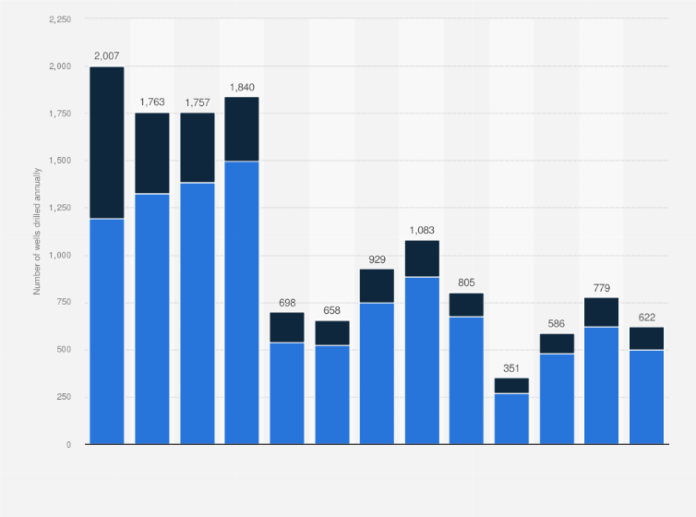The Oil and Gas Situation: The Rigs Just Keep On Coming
As global energy markets continue to evolve, the persistent increase in the number of oil and gas rigs highlights a dynamic shift in the industry. This ongoing expansion of drilling operations underscores the sector’s response to fluctuating energy demands, technological advancements, and geopolitical influences.
Rising Rig Count Amidst Market Fluctuations
The number of oil and gas rigs continues to rise, reflecting a robust expansion in drilling activities despite varying market conditions. Here’s an overview of the current situation:
Increased Rig Count: Recent data shows a steady increase in the number of active oil and gas rigs worldwide. This growth is indicative of heightened drilling activity and a concerted effort by energy companies to explore and extract resources.
Market Conditions: The rise in rig count comes amid a complex landscape of fluctuating oil and gas prices. Despite periods of market volatility and price adjustments, the number of rigs has continued to grow, driven by both short-term opportunities and long-term strategies.
Technological Advancements: Advances in drilling technology and improved extraction techniques have facilitated the increased deployment of rigs. Enhanced drilling methods and innovations in hydraulic fracturing (fracking) have made previously inaccessible reserves more viable for extraction.
Factors Driving Rig Expansion
Several key factors are contributing to the ongoing increase in the number of oil and gas rigs:
Economic Incentives: Higher energy prices and favorable market conditions incentivize energy companies to invest in new drilling projects. The potential for significant returns on investment drives the expansion of rig operations.
Technological Improvements: Technological advancements in drilling and extraction techniques have made it economically viable to operate in more challenging environments. Innovations such as horizontal drilling and advanced seismic imaging have expanded the range of exploitable resources.
Geopolitical Influences: Geopolitical factors, including energy policies and regional conflicts, impact the oil and gas sector. Companies are expanding their drilling operations to secure energy supplies and mitigate risks associated with geopolitical instability.
Energy Demand: Growing global energy demand, driven by economic growth and industrial development, fuels the need for increased oil and gas production. The quest to meet this demand has prompted companies to enhance their drilling capabilities and expand their operational footprint.
Implications for the Industry
The continued expansion of oil and gas rigs has several implications for the industry:
Investment Opportunities: The growth in rig count presents investment opportunities in the energy sector. Investors are drawn to companies that are actively expanding their drilling operations and leveraging technological advancements.
Market Dynamics: An increase in rig count can influence market dynamics by affecting supply levels and pricing. Higher production levels may lead to fluctuations in energy prices, impacting both consumers and industry stakeholders.
Environmental Considerations: The expansion of drilling operations raises environmental concerns, including the impact on ecosystems and natural resources. The industry faces increasing scrutiny and regulatory pressures related to environmental sustainability and safety practices.
Future Outlook
The outlook for the oil and gas rig industry will be shaped by several factors:
Energy Market Trends: The future trajectory of oil and gas prices, coupled with shifts in global energy demand, will influence rig expansion plans. Companies will need to adapt to changing market conditions and investment climates.
Technological Progress: Continued advancements in drilling and extraction technologies will play a crucial role in shaping the industry. Innovations that enhance efficiency and reduce environmental impact will drive future rig deployments.
Regulatory Environment: The evolving regulatory landscape will affect rig operations. Stricter environmental regulations and safety standards may influence operational practices and cost structures.
The ongoing increase in the number of oil and gas rigs highlights a period of significant activity and expansion in the energy sector. Driven by economic incentives, technological advancements, and geopolitical factors, this growth reflects a dynamic response to evolving energy demands and market conditions. As the industry continues to adapt, monitoring these trends and understanding their implications will be essential for stakeholders across the sector.

